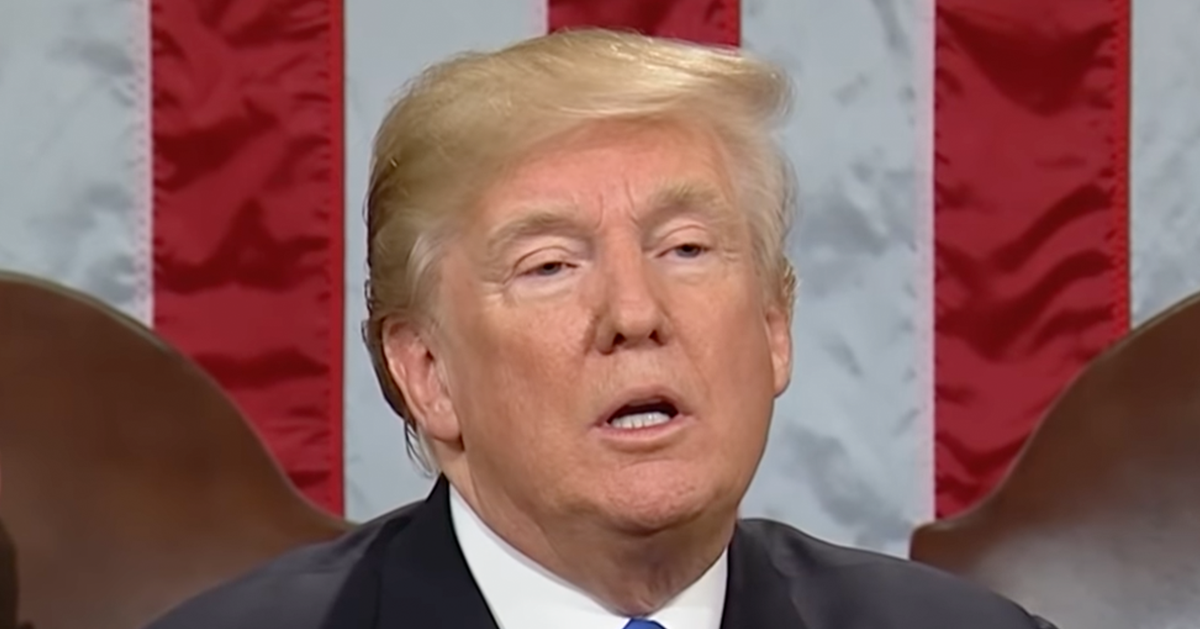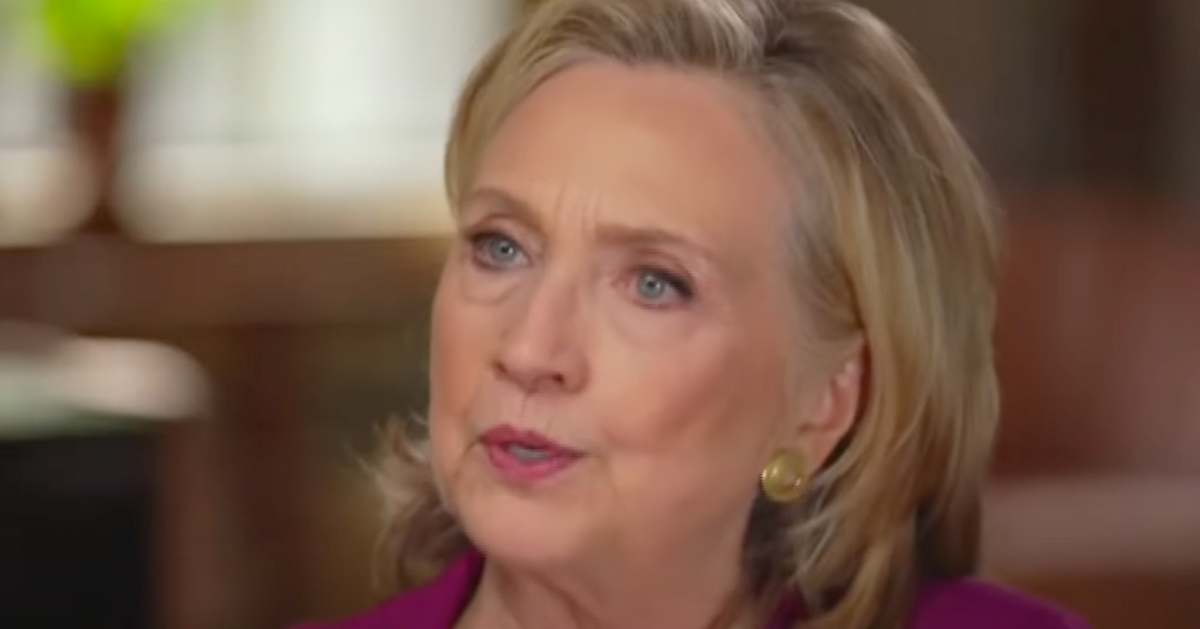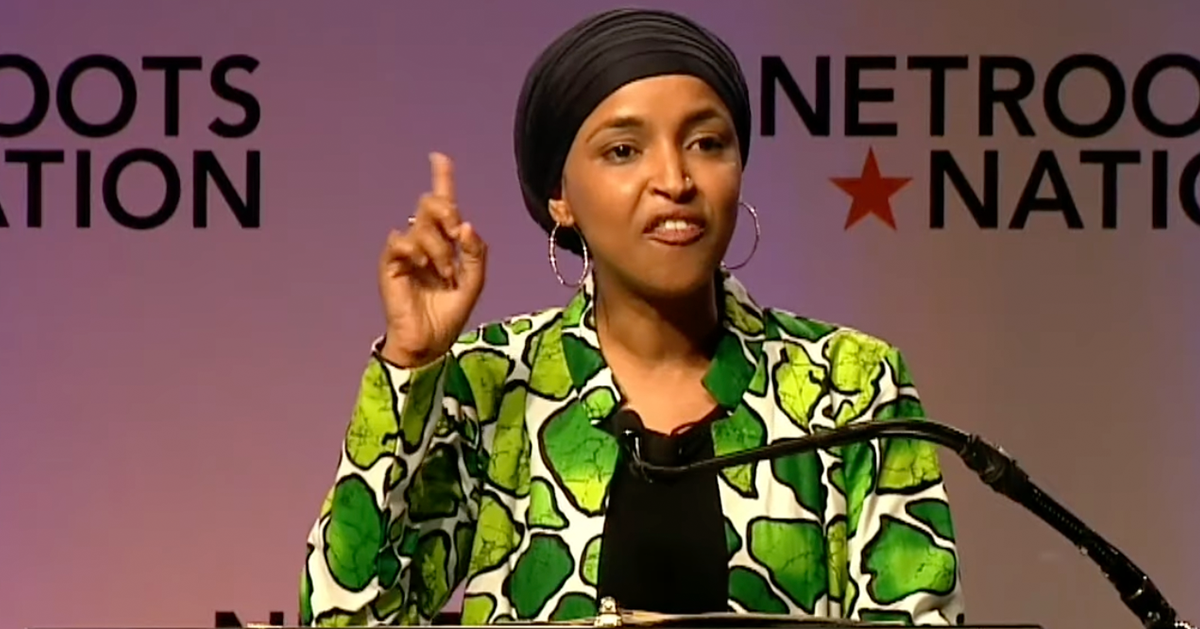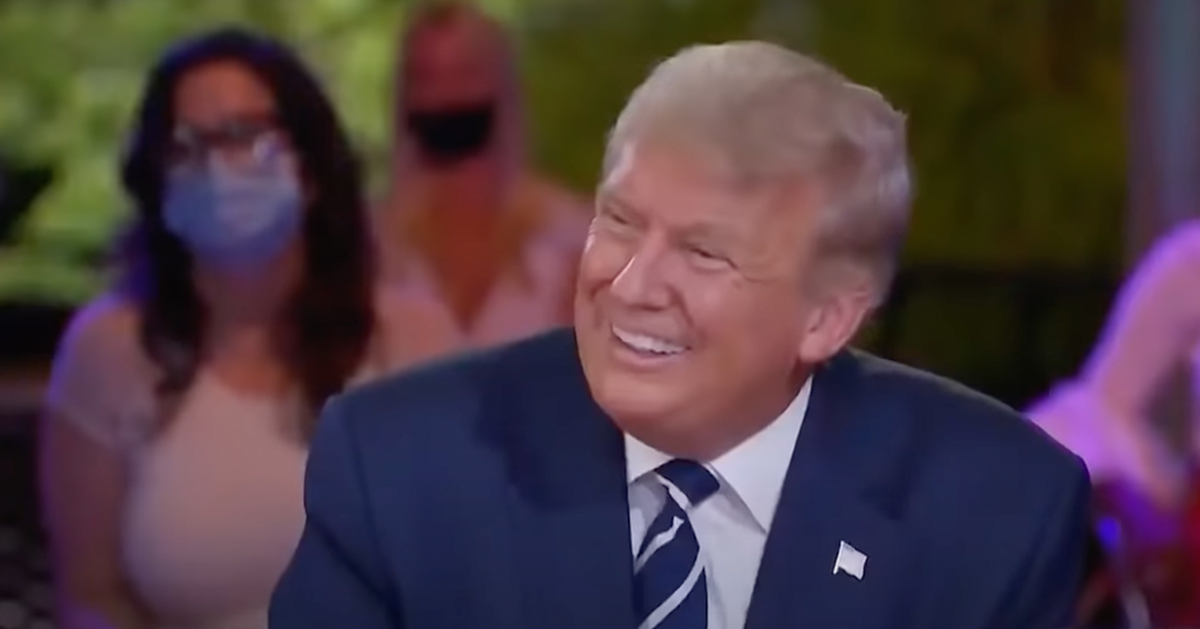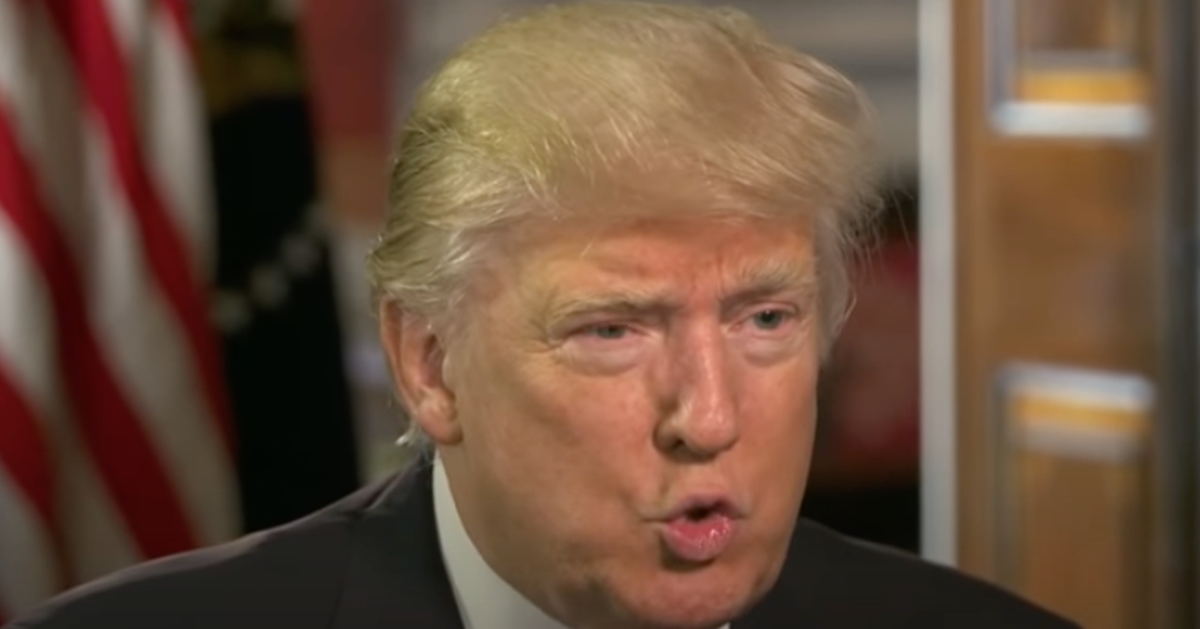Trump Nearly Matches Harris in Latest Poll Following Biden's Departure
Recent polling data exhibit a significant shift, positioning Donald Trump and Kamala Harris in a statistical tie for the upcoming presidential election, Just The News reported.
The survey conducted by the Napolitan News Service, gauged 2,000 registered voters from August 5-7, revealing Harris holding a slim lead of 44% to Trump's 43%.
Understanding the Poll’s Significance
Two weeks before this latest data, President Biden declared his intention to not pursue reelection, a decision that has reshaped the electoral landscape.
Biden's exit essentially forwards Harris as the presumptive Democratic nominee, who had enjoyed an earlier lead in the polls.
The margin of error for the recent survey stands at 2.2%, underscoring the closeness of the race. Originally, Harris led Trump by five percentage points in a previous survey conducted by Scott Rasmussen, which had Harris at 47% and Trump at 42%.
Experts suggest that the fluctuation in these numbers could be signaling a waning post-announcement bounce for Harris, making the race even more unpredictable.
Analyzing Voter Dynamics Post-Biden Announcement
The downs and ups of the polling figures have sparked significant discussions among political analysts. "These latest results could suggest that the initial Harris bounce has come to an end," remarked an analyst from the Napolitan News Service.
This remark hints at the volatility and ever-changing dynamics of voter sentiment, particularly in the aftermath of major political announcements. It also casts the earlier lead of Harris in a new light, suggesting it might have been a temporary surge.
As Trump has solidified his position within the Republican Party as its official nominee, his closing gap on Harris is an indication of consolidating support amongst GOP voters and potentially among independents.
The Role of Surveys in Shaping Electoral Strategies
These polling outcomes are more than just numbers; they form a crucial part of electoral strategies for both camps. For Harris, maintaining the lead that she initially garnered post-Biden’s announcement is crucial. Conversely, for Trump, continuing to close the gap could be pivotal in gaining momentum.
Furthermore, with the election drawing near, both parties are likely scrutinizing these numbers to adjust their campaign strategies, reaching out to undecided voters and reinforcing their bases.
The high stakes involved in these surveys can also influence campaign funding, media time, and more importantly, voter perception leading up to election day.
Implications for Future Voter Engagement and Election Day
As the election approaches, the importance of each percentage point escalates. This tight race might influence higher voter engagement, campaign recalibrations, and a potential shift in the topics dominating the political conversation.
Voter mobilization efforts by both camps will likely intensify, with targeted approaches to secure crucial swing states being a top priority. Each candidate's ability to appeal to their base while attracting undecided and moderate voters could ultimately define the outcome of this near-tied race.
In the meantime, as more surveys are expected to be released, the public and the candidates alike await to see if these trends hold or if new developments alter the electoral landscape once more.
Conclusion: The Road to the White House Revisited
The narrowing gap between Donald Trump and Kamala Harris highlights a potentially fierce competition for the presidency. From early leads post-Biden's announcement to current statistical ties, both candidates face the challenge of swaying a divided electorate.
As strategists on both sides pore over the data to refine their approaches, the American public remains eager to see how this political drama unfolds, ultimately casting their votes in what appears to be one of the tightest races in recent history.

